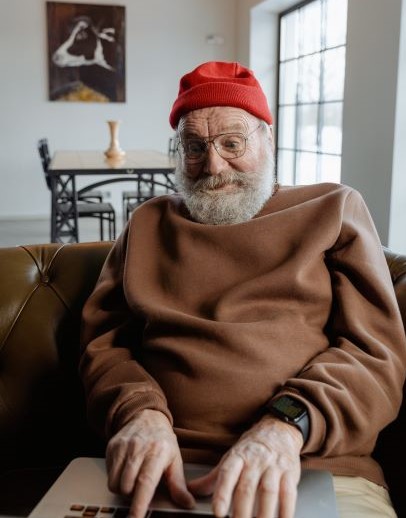See and experience
creates the need and leads to buying
If you are familiar with the multi-renowned study by Paul Martin Lester, professor of communication at California State University, you will know that people can remember an average of 80% of visual stimuli such as photos and videos. Information heard is remembered by 20%, information read by only 10%.
The attention span in our fast-paced times is short. To ensure that your target group still retains your advertising message, it is all the more important to leave a lasting impression. Those who manage to attract the attention of their target group and stand out from the crowd will ultimately win the customer.



